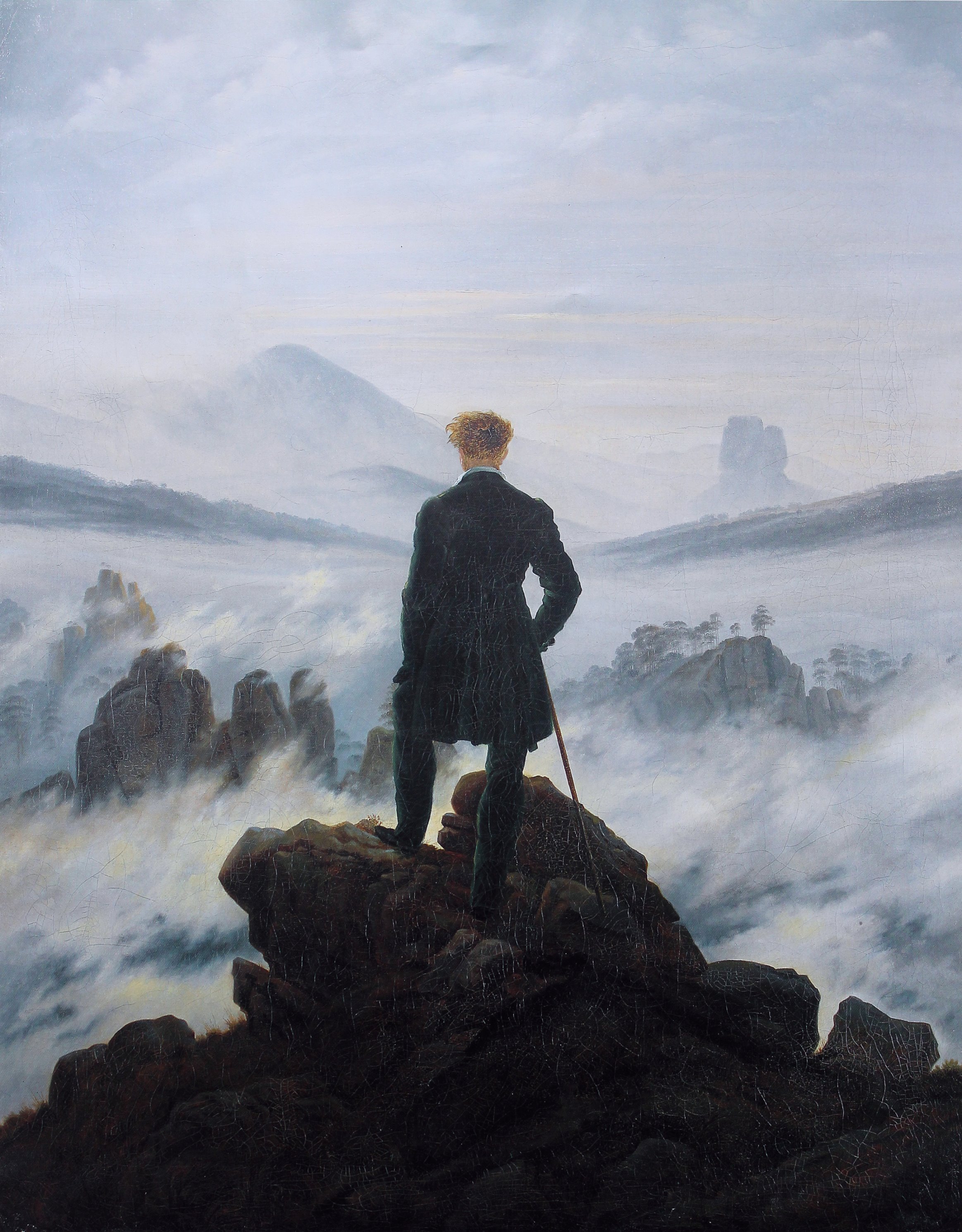What is Romanticism?
1 Answer
Romanticism is a literary and artistic movement based on the celebration of the self and rejecting previous rules applied to art.
Explanation:
Romanticism emerged at the end of the 18th century, in the context of the French Revolution. It rejected classicism and advocated a liberation of the self. The main figures that introduced that movement were Goethe and Schiller.
Romanticism was embodied in England by people such as Lord Byron, John Keats, Percy Bysshe Shelley, William Blake, Samuel Coleridge and William Wordsworth. The last two ones are considered to be part of the first generation of Romanticism whereas the others are said to be part of the second one.
Nature and love are major themes that can be found in Romanticism(in Wordsworth, Keats and Shelley notably), just as evil and the supernatural( in Goethe's Faust , in Coleridge's works or in Mary Shelley's Frankenstein )
Napoleon and the French Revolution are major contributor and inspirations for the movement which explain why the notion of authority is challenged and why nationalism is embrace by this movement. Leopardi in Italy was a strong supporter of the national unity.
In France, Romanticism was embodied first by Victor Hugo, but also by Musset, Lamartine, Chateaubriand, and Baudelaire. Despite the fact that Romanticism often rejected the classical and rational ideology of the enlightment movement, it can be described as a continuation of the enlightment because of its emphasis on the individual. It also revalued the Middle Ages over the classical age unlike enlightment thinkers.
Here are examples of Romanticism in art:

Wanderer above the Sea of Fog , Caspar David Friedrich

